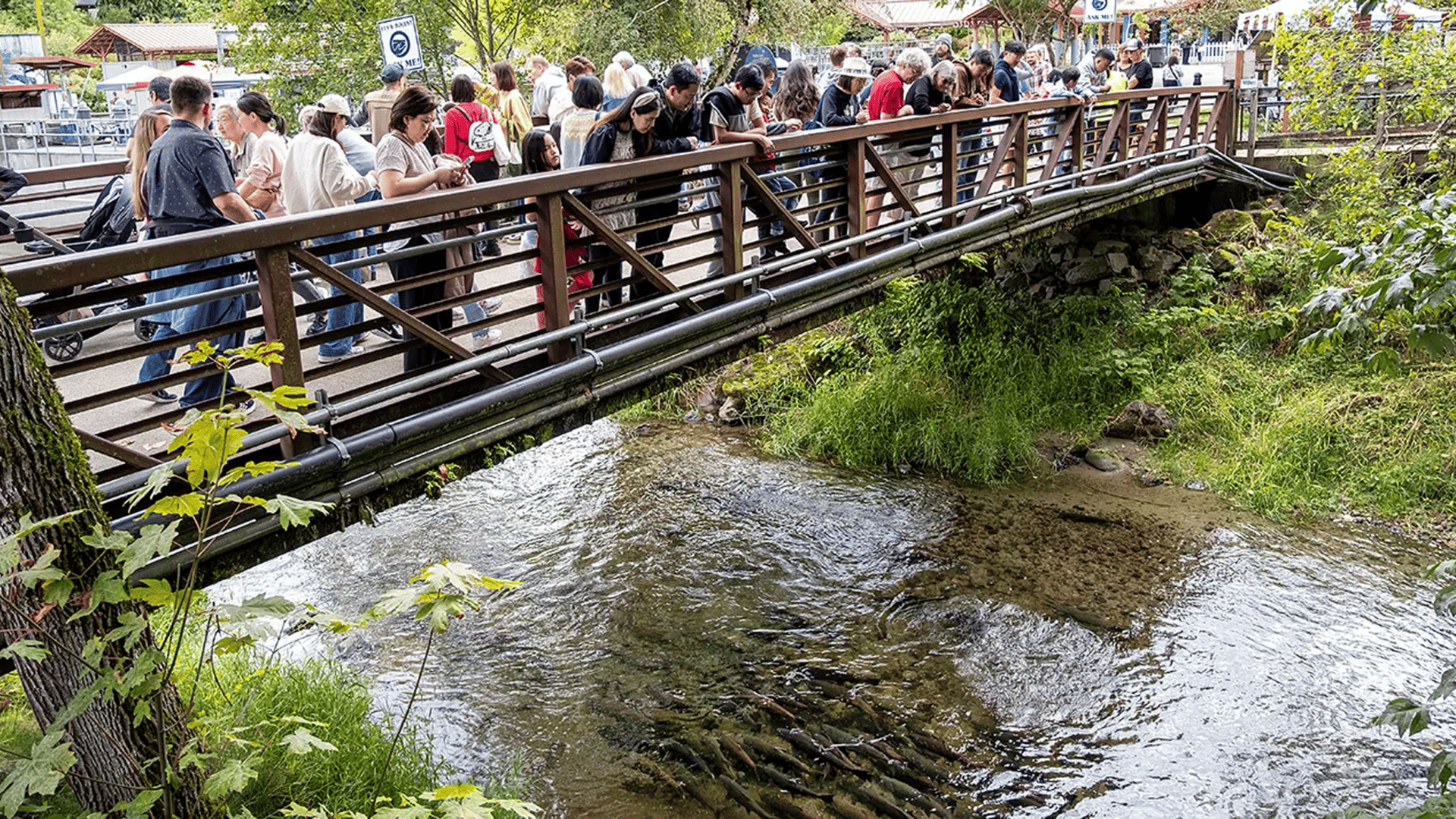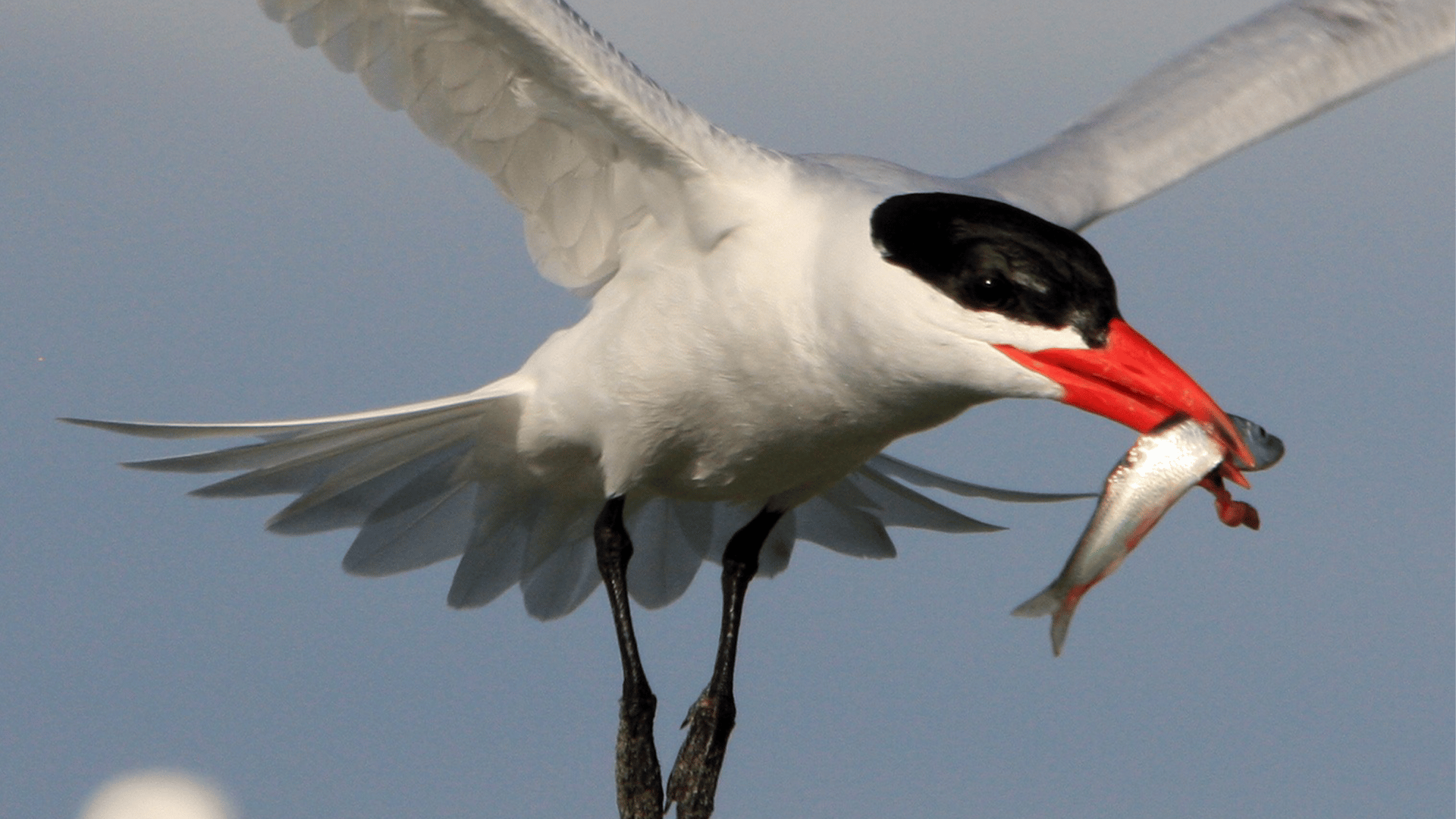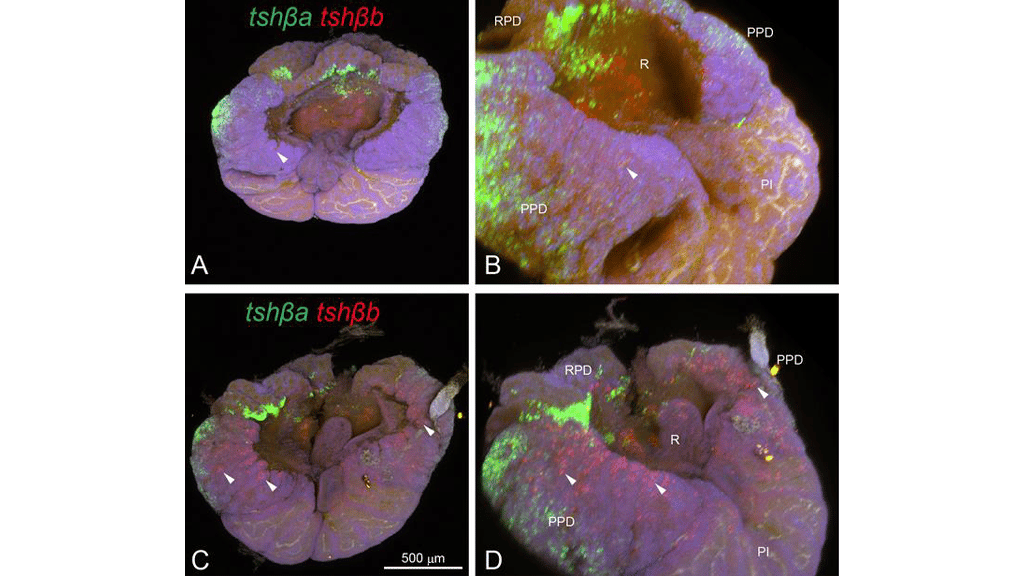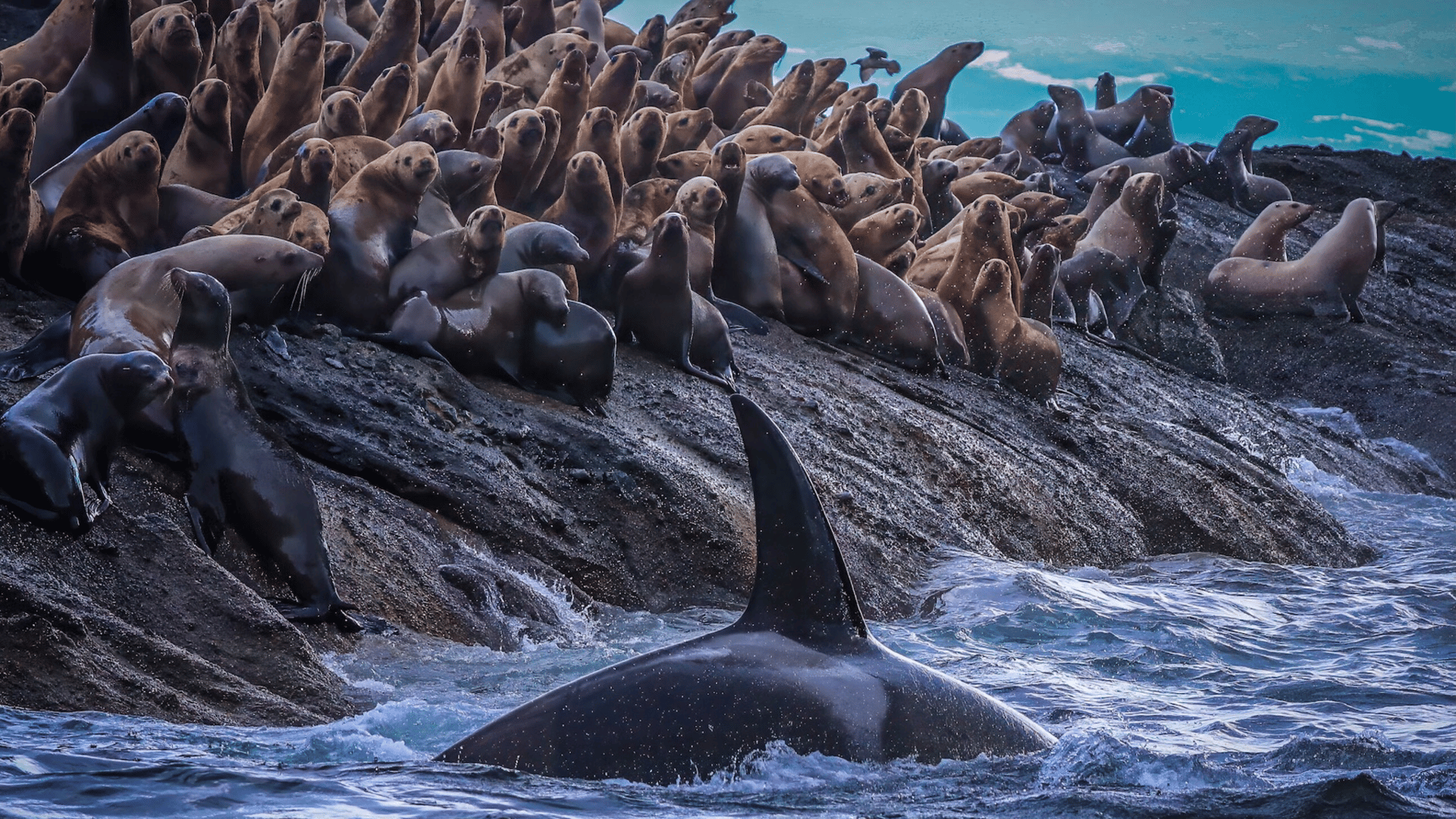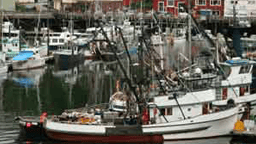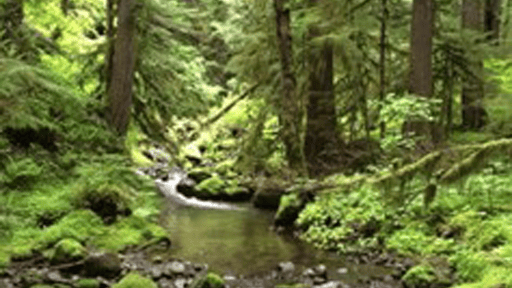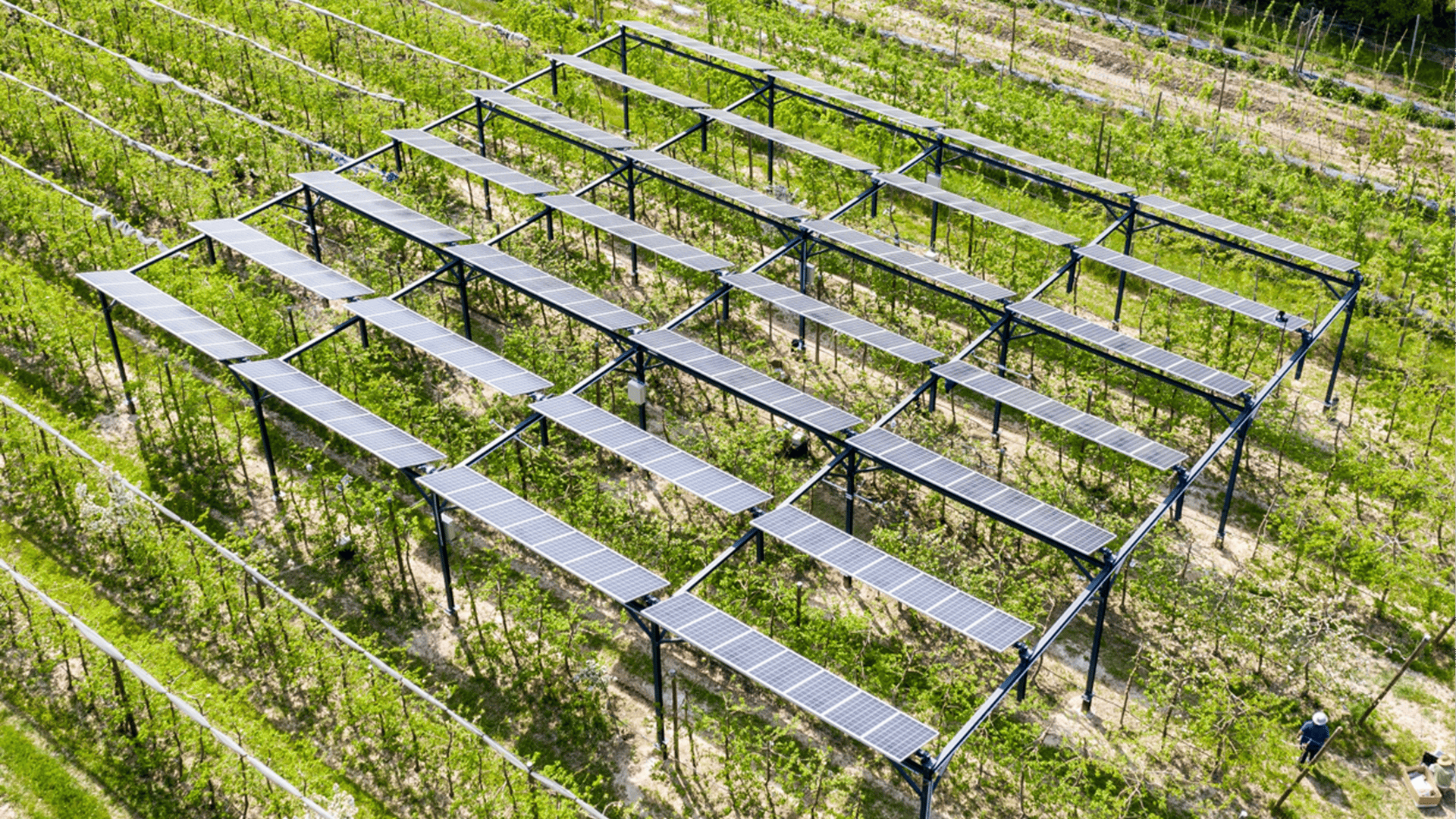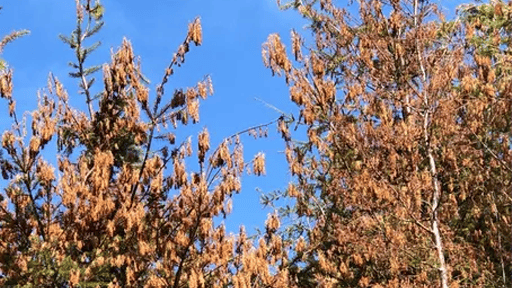- The Columbia Basin Bulletin
- Posts
- Columbia Basin Bulletin - November 19, 2025
Columbia Basin Bulletin - November 19, 2025
WDFW Study Shows Dozens of Contaminants in Fish, Washington Working Group Identifies Knowledge Gaps, Photoperiodism in Fish... and more

A new study led by the Washington Department of Fish and Wildlife’s Toxics Biological Observation System unit explores an unseen threat to the Pacific Northwest’s Chinook salmon -- chemical contamination.
How and where water bird predation impacts juvenile salmon and steelhead must be considered on a case- by-case basis before taking action against the birds, according to a new report being considered at this week’s Washington Fish and Wildlife Commission meeting.
One of the enduring ichthyological mysteries is how migratory fish know when it is time to move from their winter to summer habitats. The ability to tell when the seasons are changing is crucial for a wide range of major life events, including feeding and spawning, as well as migration.
For a century there have been just five places in the continental United States with year-round frozen peaks — all in Washington state. But newly published research documents that these ice-capped summits are changing — melting — faster than many thought possible.
New research has confirmed that West Coast transient killer whales who live between British Columbia and California are two distinct subpopulations: inner and outer coast transients.
The Alaska Department of Fish and Game has published preliminary harvest and value figures for the 2025 Alaska Commercial Salmon Fishery.
New research from Simon Fraser University Biological Sciences researchers finds that Pacific salmon are facing escalating threats due to a lack of coordinated conservation policy and oversight.
A forest practices rule targeting small, non-fish bearing perennial streams in western Washington was approved by the state’s Forest Practices Board Nov. 12. The rule includes wider logging buffers and provides options to reduce warming in the streams that are generally found in higher elevations where the streams originate, but which feed larger streams that host trout, salmon and steelhead.
What if solar power production could be developed in ways that coexist with existing farms, orchards and ranches? A new state-funded report, co-authored by Washington State University researchers, evaluates the feasibility of such an approach, known as “agrivoltaics.” Researchers found that it could work across tens of thousands of acres of Washington farmland — producing power, offering shade to protect certain crops and livestock, and keeping agricultural land in operation.
A satellite imagery analysis shows that the 2021 “heat dome” scorched almost 5% of the forested area in western Oregon and western Washington, turning foliage in canopies from a healthy green to red or orange, sometimes within a matter of hours.
Earth is reflecting less sunlight, and absorbing more heat, than it did several decades ago. Global warming is advancing faster than climate models predicted, with observed temperatures exceeding projections in 2023 and 2024. These trends have scientists scrambling to understand why the atmosphere is letting more light in.
The Center for Biological Diversity has sued the Trump administration for what it says is a failure to decide whether to protect Olympic marmots, a rare species that lives only on the Olympic Peninsula in Washington state. The marmots are threatened by climate change and predation by coyotes.
